A whale in our plankton net
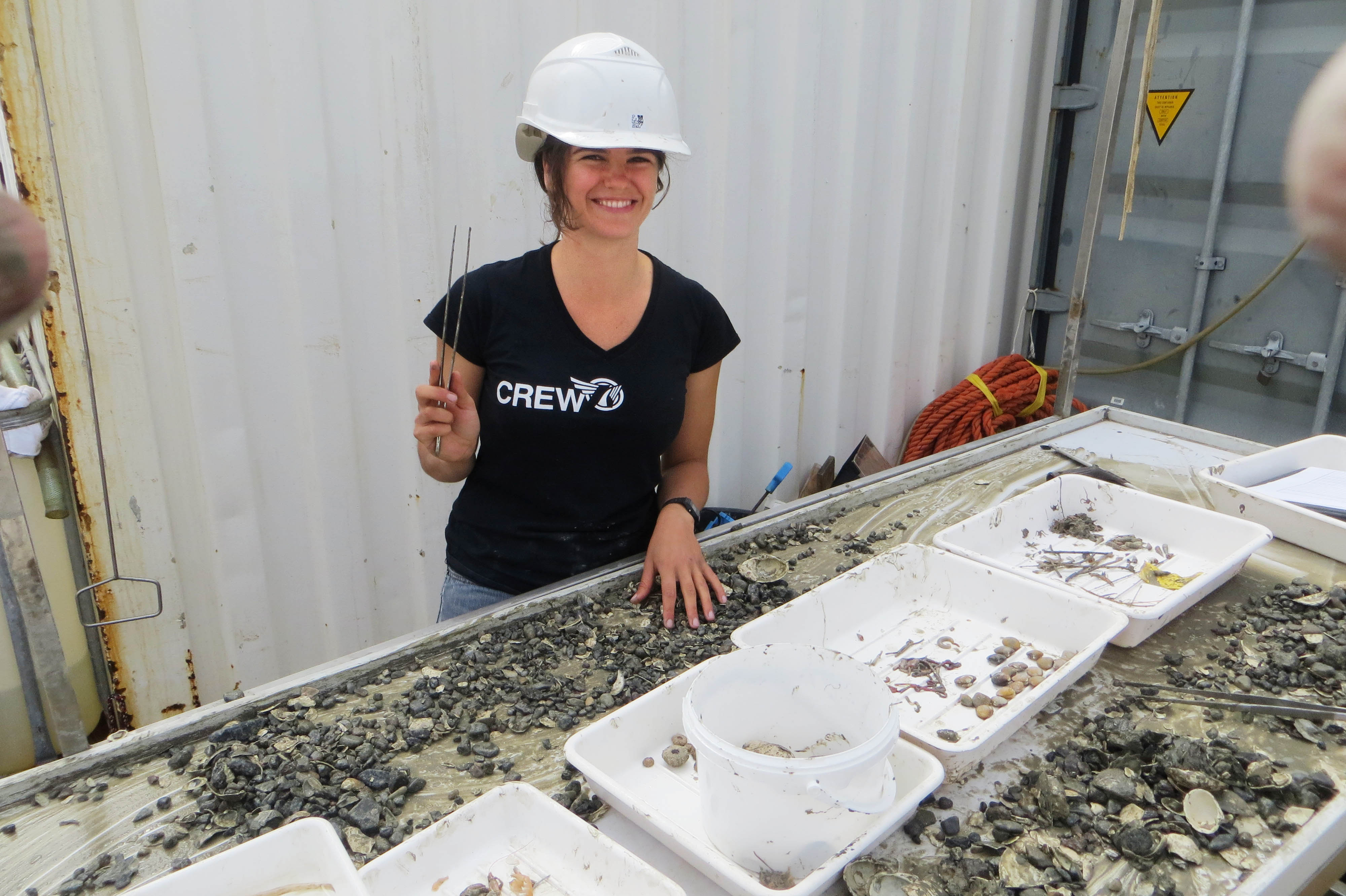
Biology student Nina Fieten is on the research ship Pelagia helping to dig for treasure at the bottom of the North Sea. Among her discoveries in the mud on deck are 400-year-old Arctica islandica and ink-spraying ‘sea mice’ (to name but two). The trip across Dutch waters is the 10th stage of the NICO expedition. Although the signal connecting them with land is far from perfect, Fieten still managed to send her account and photos to the UG.
Text Nina Fieten
‘Oh God, be good to me. Thy sea is so wide and my ship is so small’ is the quotation on a wall tile in the dining room. I'm starting to understand what it means. Here we are, a tiny dot on a monitor in the middle of the North Sea with no land in sight, trying to discover more about the wonderful wide world beneath the sea’s surface. If you’d asked me six months ago, I would never have dreamed that my Master's degree in Marine Biology would take me on board the research ship Pelagia as part of the NICO expedition (Netherlands Initiative Changing Oceans). I’ve been fascinated by anything that lives underwater since I was a child. My holidays were filled with collecting mini shells on the beaches in Ameland, fishing for tiny creatures in the little ‘inland seas’ created when the tide went out and being totally in awe of the number of legs on a prawn. Now, 20 years later, I’m part of the real thing.
On Thursday 24 May, under a blue sky and radiant sun, we set sail from Texel with a group of researchers from the Royal Netherlands Institute for Marine Research (NIOZ) and the Naturalis Biodiversity Center. During the trip, fellow student Sterre and I are in charge of collecting data from seawater for detailed research on land. Seawater? Is there anything in it apart from seaweed and salt? More than you would ever imagine. The basis of the underwater food chain consists of a whole range of microscopic algae and bacteria, which store energy for organisms higher in the food chain by means of photosynthesis. From eight o'clock in the morning until at least ten at night, we use around seven different techniques (including hours of filtering water to catch plankton) to collect parameters (besides biodiversity at micro-level), which may affect the functioning of the ocean. They include nutrients, gases and organic material. Just when I’ve put on my shorts to sit back and enjoy the sunny weather after a long day in the lab, a wall of mist rises around us and we are quite literally trapped in our scientific bubble.
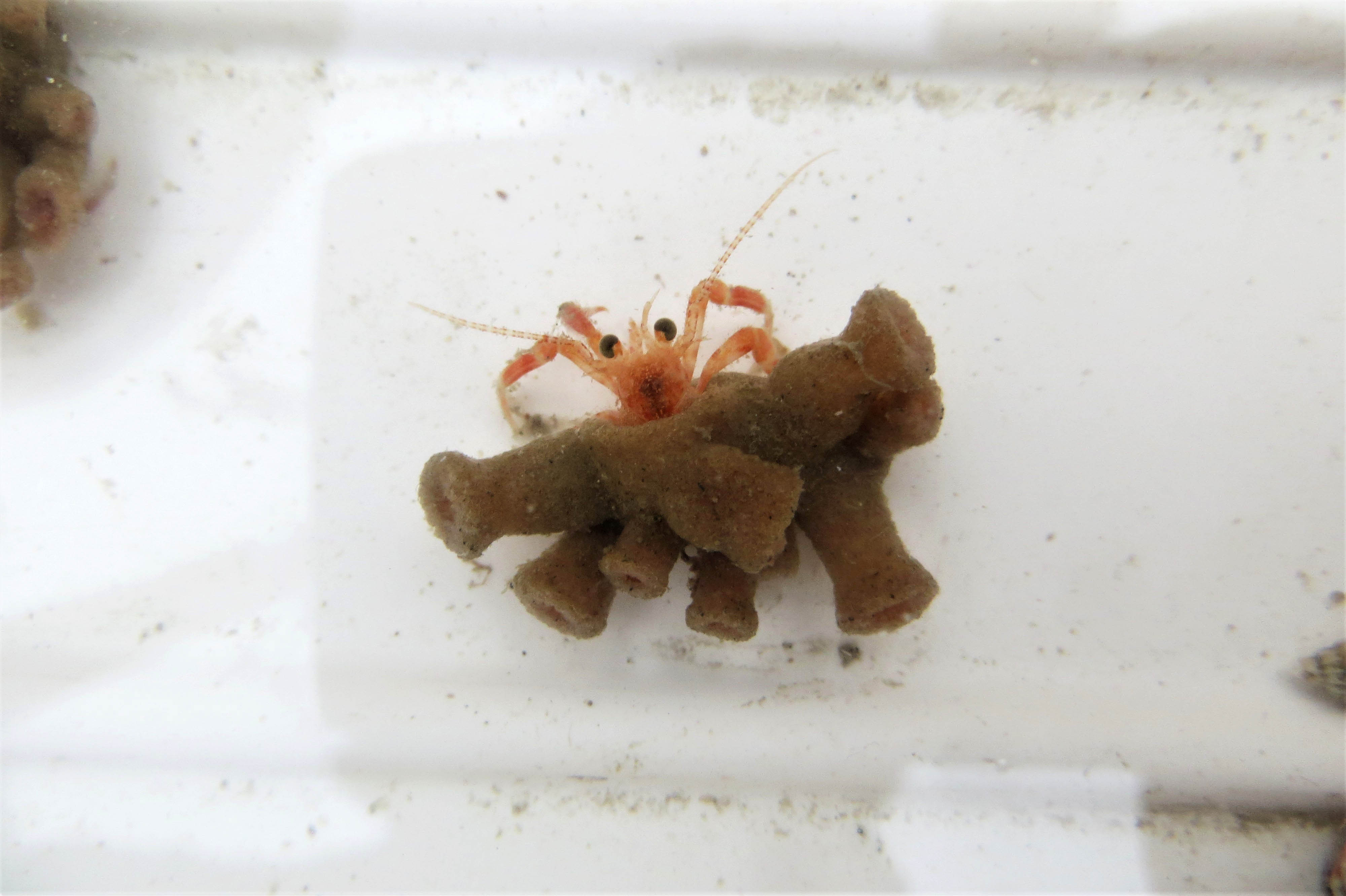
But we never get bored and there’s always something to do or someone to assist, such as the population study of the Arctica islandica, one of the world’s longest-living molluscs, which can live to the ripe old age of 400. To bring these senior citizens to the surface, we use what is known as a Deep Digging Dredge: an impressive steel monster with women’s eyes painted onto the front, which is able to collect samples from a precise area of the sea bed. The ‘Triple-D’ is slowly hoisted onto the deck. Full of expectation, we take our places at the sorting table, rulers and tweezers at the ready. To get an idea of the benthic (seabed) biodiversity, all the living creatures in the sample (apart from the Arctica islandica) are sorted, measured and weighed while in the background, the radio counts down the worst top 40 hits. But then suddenly there’s a loud ‘Crack! as one of the hoisting ropes snaps, the cable twists and 6 tons of clay and grit are unceremoniously dumped on deck. Even Triple-D needs time to recover from this. Despite the setback, teamwork triumphs and the sample is processed with little time wasted.
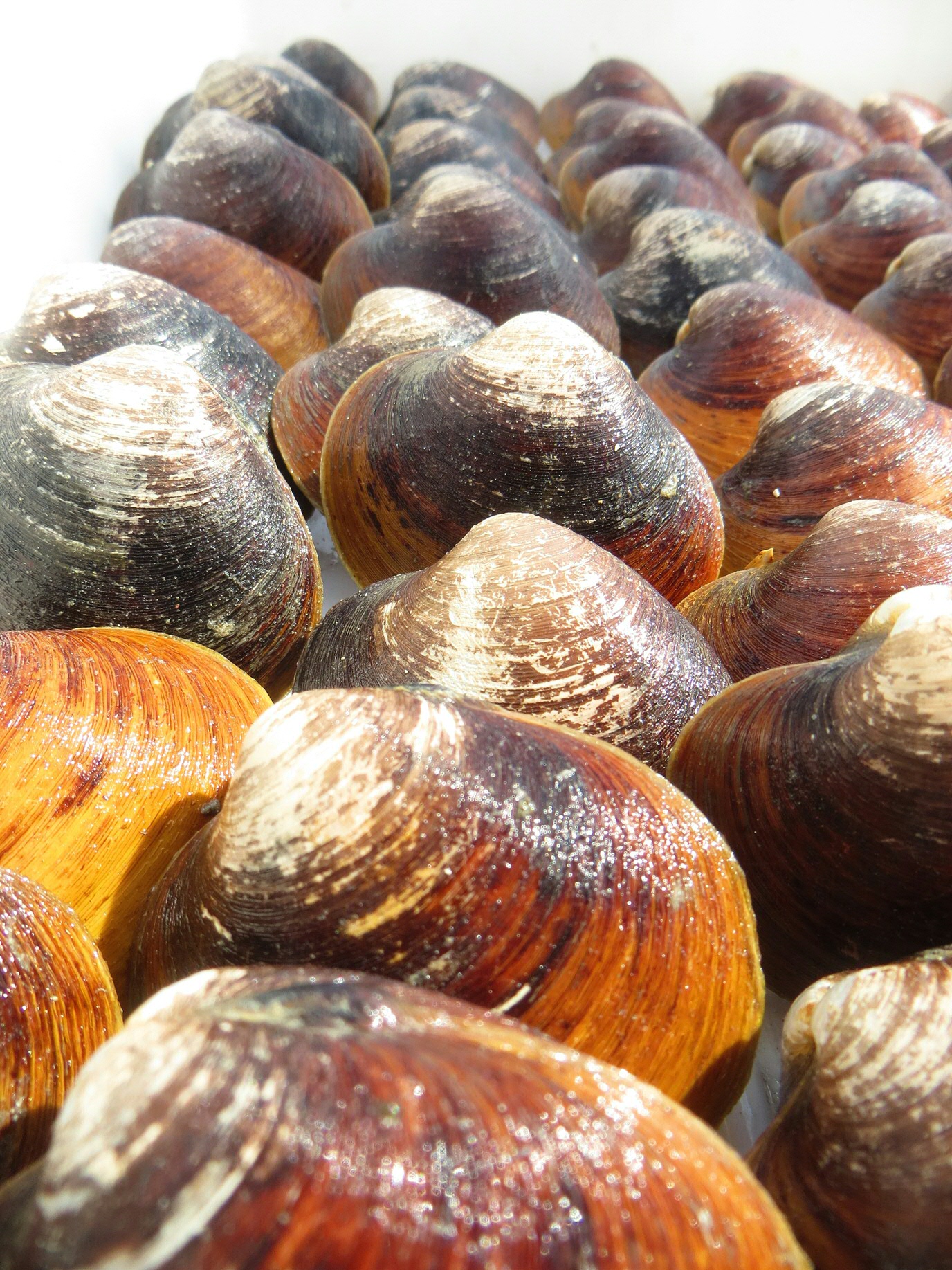
I was amazed by the variety of life we found among the grit. Not only worms and brittle stars, but countless other exciting creatures: burgundy-coloured sea pens (a sort of coral, ed.), ink-spraying ‘sea mice’ (which are actually bristle worms in disguise) and hermit crabs that opt to carry a piece of sponge around with them as their home instead of a shell. We cast a happy glance at flat, misty water, and come to the following conclusion: ‘Life is like a Triple-D Dredge, you never know what you gonna get’. All we need now is a whale in our plankton net...
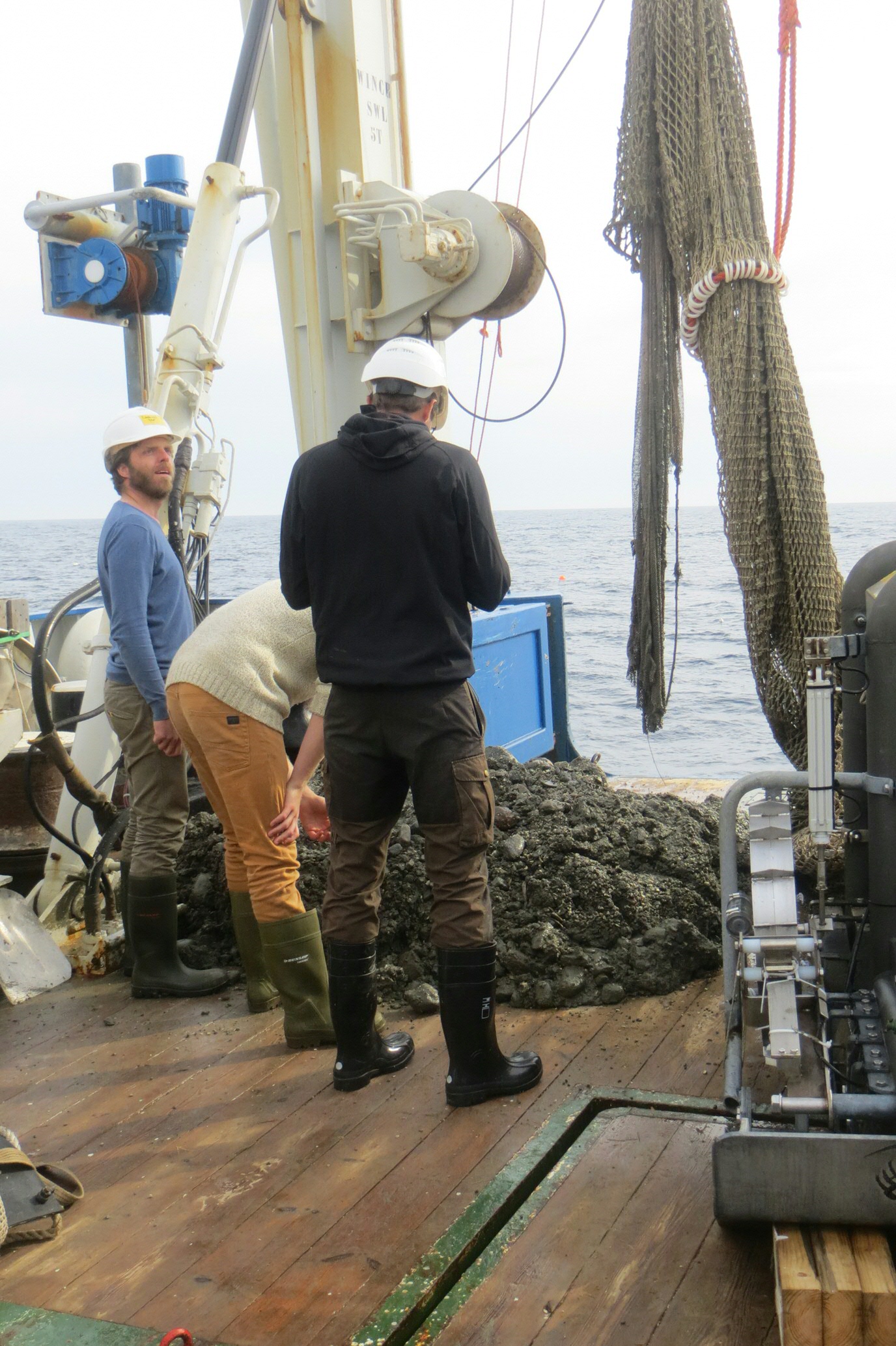
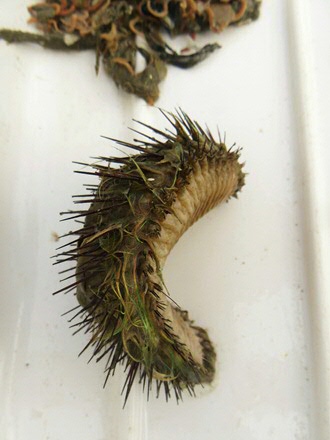
More news
-
15 September 2025
Successful visit to the UG by Rector of Institut Teknologi Bandung
